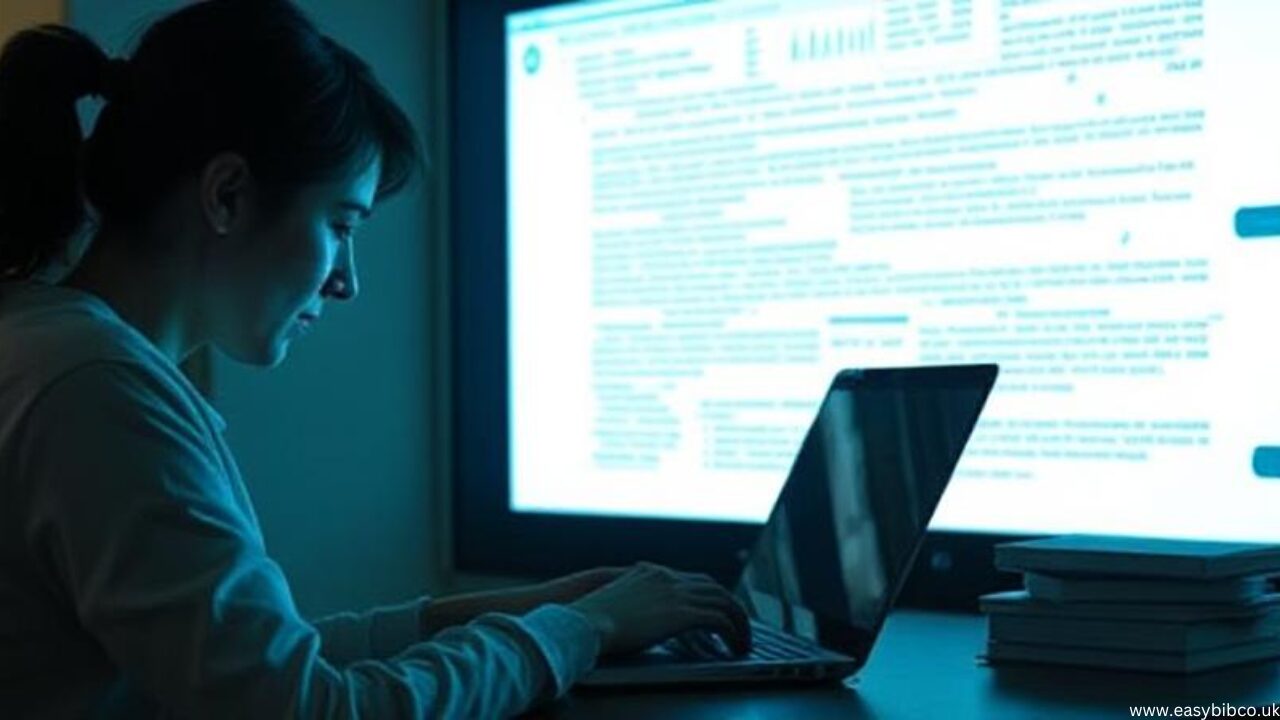How Students Can Accidentally Plagiarism: Common Mistakes & the Best Ways to Avoid It

Have you ever spent hours on an assignment only to find it flagged for plagiarism? It can be frustrating and confusing. Many students don’t realize they’ve made a mistake.
Plagiarism isn’t always about copying on purpose. It often happens accidentally because of poor note-taking, incorrect citations, or misunderstanding of what needs to be credited.
Some students think changing a few words in a sentence makes it original. Others assume that general facts don’t need citations.
The good news?
Accidental plagiarism is easy to avoid. This blog explains common mistakes and simple ways to fix them. Let’s check them out!
Common Ways Students Accidentally Plagiarize
Plagiarism is not always blatant. Many students believe they wrote something original, but it’s someone else’s work without realizing it. Sometimes, this happens because they don’t fully understand plagiarism rules. Other times, it’s because they rush through assignments.
Understanding these mistakes can help students avoid them. Let’s examine each one in detail.
Improper Paraphrasing
Paraphrasing means rewriting information in a new way while keeping the original meaning. However, many students think replacing a few words with synonyms or rearranging a sentence is enough. If the sentence structure stays the same, it’s still plagiarism.
Here is how to avoid it:
- Use paraphrasing tools like QuillBot or Paraphraser.io to check if the wording is different enough.
- Read the source and rewrite it in fresh words without looking at it.
- Compare the final version with the original to make sure it’s unique.
Forgetting to Cite Sources
Citations show where information comes from. The work appears to have been copied if a source is not cited.
Many students forget to cite sources when they:
- Paraphrase or quote information, but don’t add a citation.
- Use different citation styles (APA, MLA, Chicago) in the same paper.
- Lose track of sources while researching.
Here is how to avoid it:
- Use reference tools like MyEssayWriter.ai’s citation machine or Mendeley to save and organize sources.
- Check the correct citation style before starting the assignment.
- Always add in-text citations along with the bibliography.
Citation Errors & Incomplete References
Even when sources are cited, small mistakes in formatting or missing details can cause problems.
- Mixing up citation styles in the same paper.
- Forgetting key details like the author’s name or publication year.
- Not formatting the reference list correctly.
Here is how to avoid it:
- Make sure to format references correctly.
- Check citations with an official style guide.
- Proofread references before submitting work.
Misunderstanding Common Knowledge
Not all information needs a citation. Common knowledge includes widely known facts that appear in many sources. However, students often assume something is common knowledge when it does not require a citation.
Here is when to cite and when not to:
- Cite sources when using statistics, research studies, or expert opinions.
- No citation is needed for essential historical dates, general scientific facts, or well-known literature references.
Patchwriting
Patchwriting happens when a student takes sentences from different sources, changes a few words, and combines them without adding original thoughts.
Here are the signs of patchworking:
- Copying sentences from multiple sources and piecing them together.
- Using phrases from a source without quotation marks.
Here is how to avoid it:
- Read the source and rewrite it in original words.
- Add personal thoughts and analysis instead of just rewording.
- Use a reliable tool like MyEssayWriter.ai’s online plagiarism checker to find unintentional patchwriting.
Reusing Old Work (Self-Plagiarism)
Self-plagiarism happens when a student submits the same work for two different classes or copies from a past assignment. Even though the work is original, it is still not allowed.
Here are some examples of self-plagiarism:
- Submitting the same paper for two classes.
- Copying sections of an old essay without crediting it.
- Rewriting a past paper but keeping most of the content the same.
Here is how it can be avoided:
- Ask the teacher if using past work is allowed.
- Cite previous work if reusing ideas.
- PerfectEssayWriter.ai’s plagiarism checker can help ensure the work is original and not reused.
Poor Note-Taking Habits
Taking notes the wrong way can lead to accidental plagiarism. Students may mix personal ideas with copied content if sources are not recorded properly.
Here are the common mistakes students make while taking notes:
- Not marking direct quotes.
- Forgetting to write down the source of a fact.
- Copy-pasting information without tracking citations.
Use the following points to learn to avoid it:
- Separate notes into categories – direct quotes, summaries, and personal thoughts.
- Keep a list of sources while researching.
- Highlight citations in notes to avoid missing them later.
READ MORE
Final Thoughts!
Many students accidentally plagiarize without realizing it, but the proper steps can prevent this. Learning how plagiarism happens, citing sources correctly, and improving writing skills help keep work original.
Checking assignments before submission can prevent mistakes and serious problems. Taking good notes, paraphrasing correctly, and reviewing citations carefully make a big difference.
Following these habits will lead to better writing and academic success.
